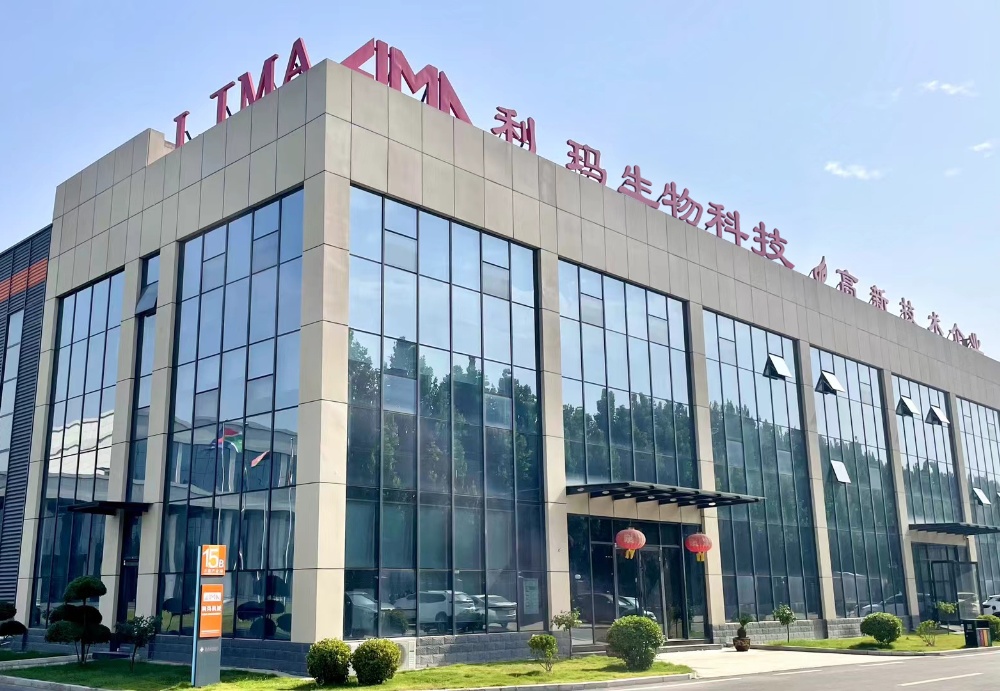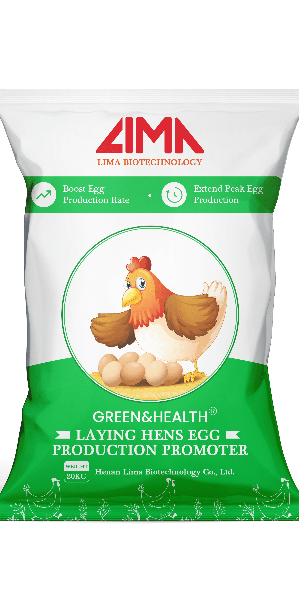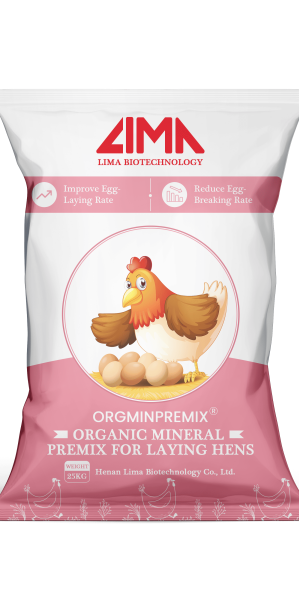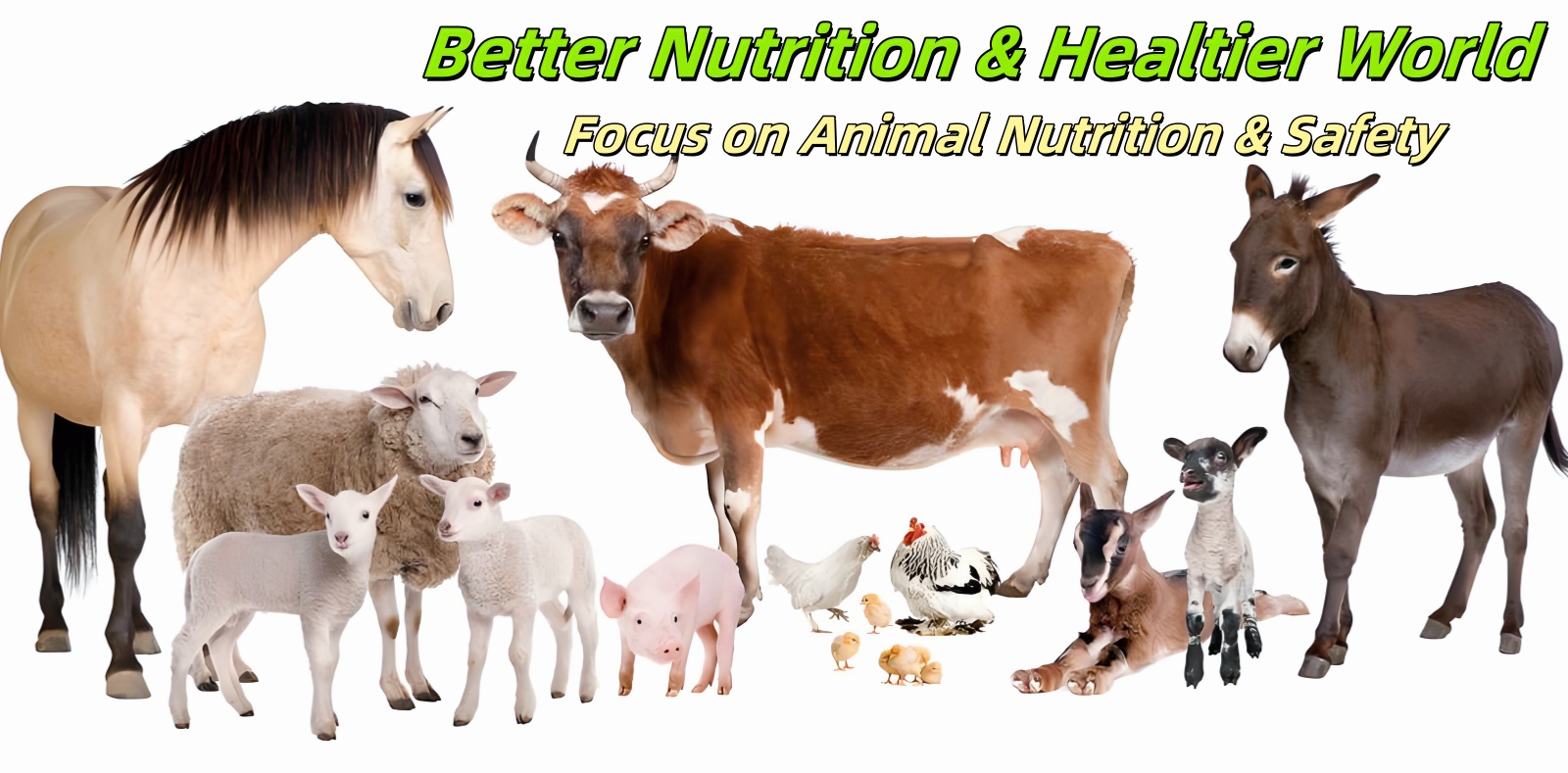For egg farmers, the laying period is crucial for profits. Farmers value the length of the laying period of hens. The market's commercial laying hens have a 1-year laying cycle. It has three phases: pre-laying, peak, and late laying. Their egg production drops to 80% (around 48 weeks old) at the start of late laying.
But the phenomenon of the short laying period of laying hens occurs very often. So what are the reasons for the short laying period of laying hens?
Mold poisoning
Zearalenone is a toxic phytoestrogen to poultry. It will cause secondary sexual characteristics after poisoning. Poisoning in laying hens causes crown enlargement, ovarian atrophy, and decreased egg production. It may also cause ascites.
Liver problems
Follicle formation is slower due to liver failure and toxins.

Light intensity and strong stress
Light intensity and strong stress will affect egg production. So will the length and intensity of the light.
The ovulation cycle of laying hens delays their next egg by 4:00 p.m. after the next day. Then, they will stop laying eggs. Domestic chicken ovulation, or egg-laying, takes 24 to 28 hours. It can last for days, or in extreme cases, up to 1 year.
An egg-laying sequence is the number of eggs laid on consecutive days. Each sequence is separated by one or more days of laying intervals. Even with gaps of up to 24 hours between egg-laying, the daily egg-laying times gradually shift back. As the egg-laying sequence shortens, the intervals between lays increase. The ovulation-egg cycle then takes longer than 24 hours. The time of the ovulation-egg cycle is also longer than 24 h.
Heat stress
Chickens lack sweat glands. They rely on breathing to lose carbon dioxide. This causes a rise in body alkalinity, which paralyzes their oviducts. The oviducts then cannot expel the eggs, delaying egg-laying. Laying hens lay eggs at about 10 o'clock every day. Some chickens delay until 11 or 12 o'clock, and some until the afternoon. If egg compression affects the sciatic nerve, the chicken's legs will stretch back. Sometimes one leg, sometimes both. If it is more serious, there will be dead chickens in the second half of the night from 2 o'clock to 4 o'clock, which is the new hen disease.
Also in the summer, chickens have to drink and urinate to dissipate heat. Drinking a lot of water in addition to vomiting toxins to make the chicken have diarrhea will cause more intestinal diseases. For example, necrotizing enteritis, a Clostridium toxin, will also cause chicken Clostridium toxin poisoning. It will paralyze the oviducts. This will delay egg laying.

Summary
So how to solve the problem of mycotoxin poisoning in chickens? It's simple, just keep the feed clean and apply it. However, in hot and muggy climates, it is sometimes unavoidable to prevent feed mold, and you may need to use Lima Biotechnology’s Mycotoxins Remover.
After using this product, you can prevent your feed from mold and prevent your chickens from being infected with mycotoxins. If you want to extend the laying cycle of your chickens in a simple way, it is recommended that you use some feed additives. Feed additives can provide balanced nutrition, promote the development of laying hens, and significantly increase the egg production rate of laying hens.

At the same time, it can extend the peak egg production period of laying hens, improve the quality of eggs, make the egg shells harder and more nutritious. Not only that, using feed additives can also save you money, because the absorption rate of feed by chickens is generally around 60%, and the remaining 40% will be wasted, and feed additives can optimize the conversion rate of feed and improve the nutrient absorption rate. , thereby reducing your feeding costs and achieving multiple goals with one stone.
The use of some specific feed additives can also enhance the immunity of laying hens, thereby reducing the incidence of diseases, reducing the cost of medication for farmers, ensuring the health and stable egg production of laying hens, and achieving the maximum economic benefit ratio.
Through these benefits, feed additives can not only improve the economic benefits of breeding, but also ensure high-quality egg production and meet the market's demand for high-quality eggs. If you are interested in this, don't hesitate to act. Contact us as soon as possible. We Will be your best helper on the road to breeding!


















